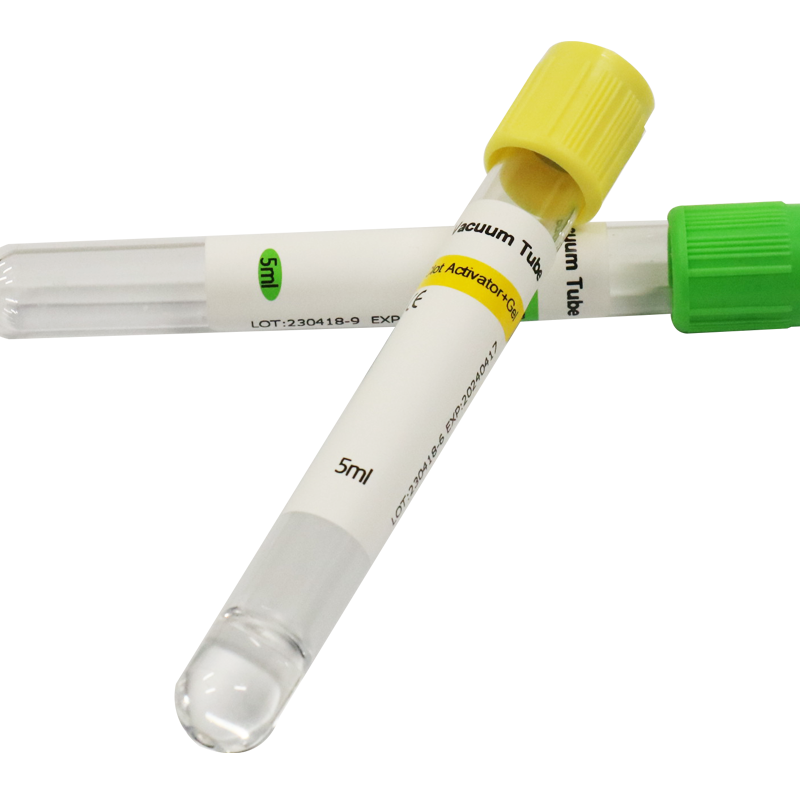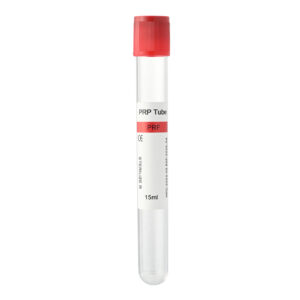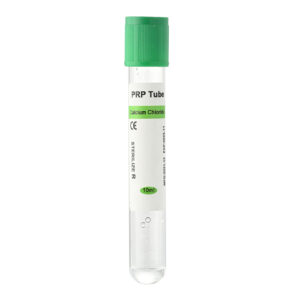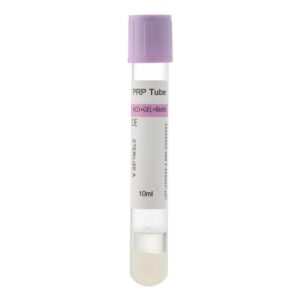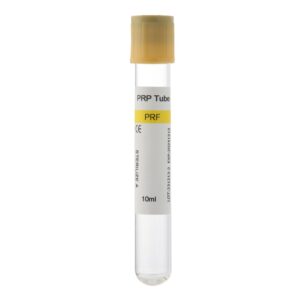PRP (Platelet-Rich Plasma) therapy has gained significant attention in recent years, particularly in the fields of medical aesthetics and rehabilitation. This treatment involves extracting a concentrated portion of platelets from a patient’s blood to promote tissue repair and healing. With its safety and effectiveness, PRP has become a popular choice for many patients and physicians alike. However, one common question remains: “How long does it take for PRP to show results?” In this article, we will explore the typical timeline for PRP treatment, supported by clinical research and expert insights, to help you understand what to expect.
Understanding How PRP Works
PRP therapy harnesses the body’s natural healing process. It involves drawing a small amount of the patient’s blood, separating the platelet-rich plasma, and injecting it into the target area. The high concentration of growth factors and cytokines in platelets is activated to accelerate tissue repair and regeneration. PRP is widely used not only in treating joint pain and soft tissue injuries but also in skin rejuvenation and anti-aging treatments.
Treatment Timeline: What to Expect
PRP treatment doesn’t produce immediate effects like medications. It’s a gradual process, and the timeline for seeing results varies depending on the individual, the treated area, and overall health. Here’s a general breakdown of the stages you can expect:
Early Response Phase (0-2 Weeks)
In the first few days after treatment, some patients may experience mild discomfort or swelling, which indicates the activation of platelets and the beginning of the healing process. However, most people do not notice significant improvements during this phase. The body is just starting to initiate tissue repair.
Intermediate Healing Phase (2-6 Weeks)
Around the two-week mark, the growth factors in the platelets begin to take full effect. During this period, cell activity in the treated tissue gradually increases, leading to early signs of improvement. Patients often report reduced pain, improved mobility, or enhanced skin texture. This phase typically brings noticeable improvements, especially in joint pain or chronic injury treatments.
Advanced Recovery Phase (6-12 Weeks)
The full benefits of PRP treatment generally emerge between 6 to 12 weeks after the procedure. By this point, new tissue has formed, and the healing process is well underway. Many patients experience significant symptom relief, such as greater joint flexibility, or in cosmetic cases, smoother, more youthful-looking skin.
Long-Term Results (Beyond 12 Weeks)
For some chronic conditions or severe skin issues, the effects of PRP can continue to develop after 12 weeks. Research has shown that PRP stimulates long-term tissue regeneration, and for conditions like chronic tendonitis or severe skin aging, the results can last for several months or even over a year.
Factors Influencing PRP Effectiveness
Individual Health and Metabolism Each
person’s body responds differently to PRP. A healthy lifestyle and efficient metabolism can accelerate the healing process. In contrast, individuals with chronic conditions or slower metabolic rates might require more time to see results.
Treatment Area
The speed of tissue healing varies depending on the area being treated. For example, tendon and joint tissues usually take longer to heal than skin, so patients seeking joint or tendon relief may experience a longer timeline for results compared to those undergoing aesthetic treatments.
Number of Treatments
Some patients may need multiple PRP sessions to achieve optimal results. For more severe injuries or complex skin issues, doctors may recommend a series of 3 to 4 treatments, spaced several weeks apart, to maximize the therapy’s effectiveness.
Maximizing the Results of PRP Therapy
To optimize the outcomes of PRP treatment, patients can take several supportive measures:
Post-Treatment Care
Following post-treatment care instructions, such as avoiding strenuous activity and keeping the treated area clean, helps expedite the healing process and enhances the effectiveness of PRP.
Healthy Diet and Lifestyle
A nutritious diet and moderate exercise can boost the body’s natural healing ability, further enhancing the results of PRP.
Consistent Communication with Your Doctor
Regular follow-ups with your physician to monitor progress and discuss symptoms will help tailor the treatment plan, ensuring the best possible outcome.
Conclusion
The timeline for seeing results from PRP treatment varies depending on individual factors, but most patients start to notice improvements between 2 and 6 weeks, with full benefits typically emerging after 12 weeks. For those dealing with joint pain, soft tissue injuries, or seeking anti-aging solutions, PRP offers a safe and effective treatment option. Patience and adherence to post-treatment recommendations are crucial for achieving the best results. If you have further questions about PRP therapy or want to learn more, feel free to contact our expert team.
This article aims to provide you with a thorough understanding of the PRP process and offer valuable guidance for making informed treatment decisions.

